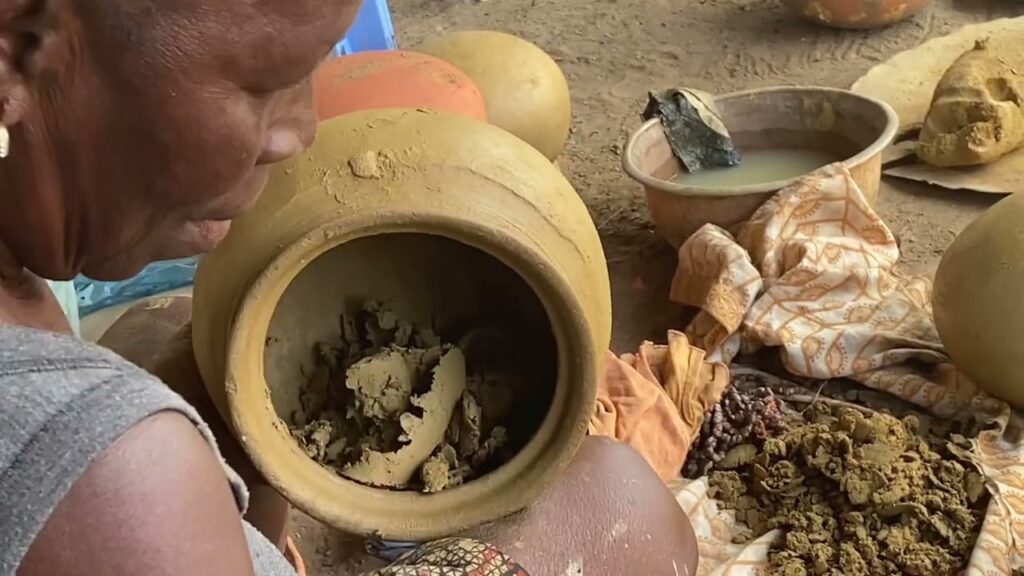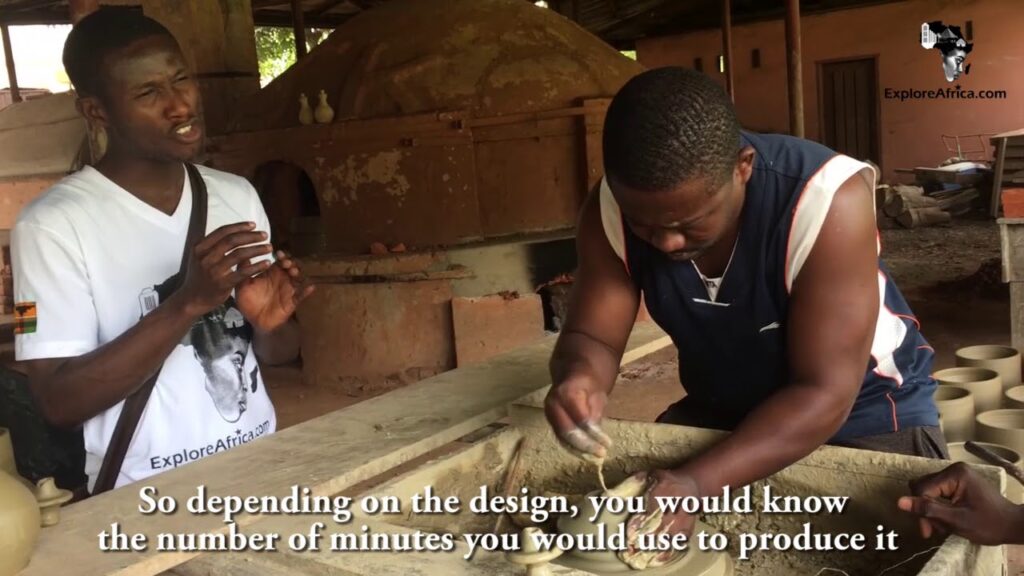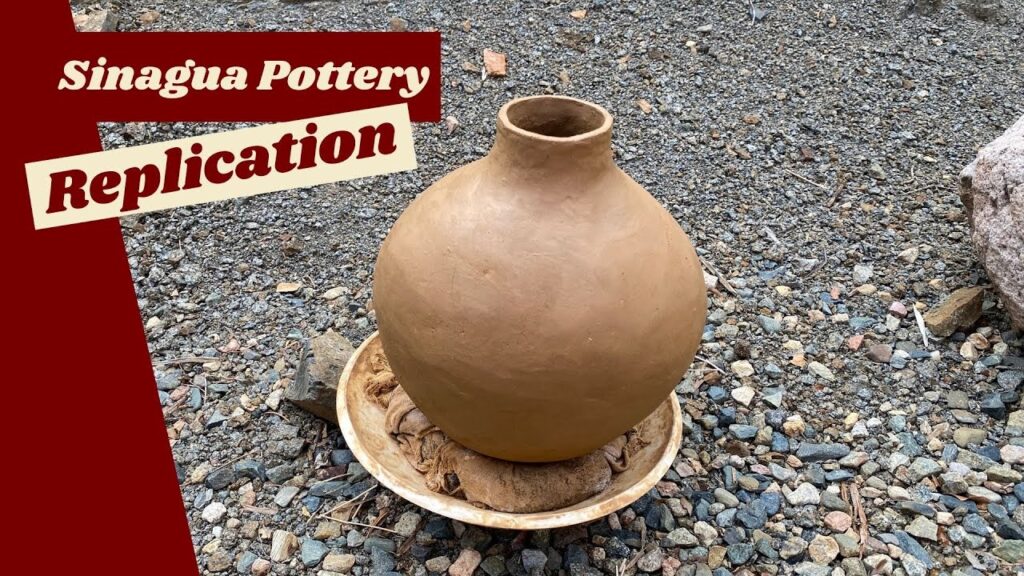Ceramics – Indego Africa
Indego Africa's ceramic products are handmade by a group of artisans at Gatagara Pottery in Rwanda. Formed in 1977 by a Belgian priest in Rwanda’s southern province, Gatagara is located in a small but picturesque workshop in the district of Nyanza. Often considered the cradle of Rwanda’s heritage, Nyanza is nestled east of a large lake that provides artisans with the natural materials they need to practice traditional craft techniques. After preparing a mixture of sand, gravel, limestone, and water in a large basin and shaping the product by hand, the artisans let the clay dry for 2-3 weeks before applying glaze made from natural dyes and baking them in a hot kiln. From design to finished product, the ceramic-making process takes about one month to complete. The distinctive handmade quality makes each piece of pottery unique and timeless.
Learn more: indegoafrica.org










